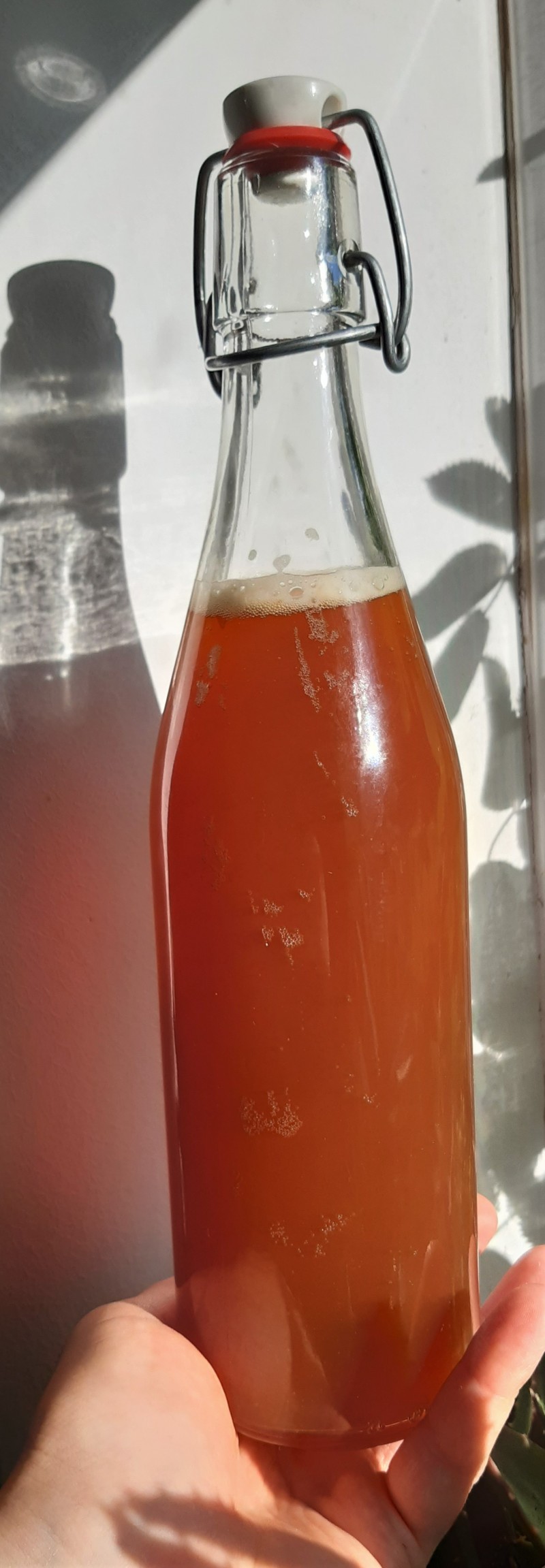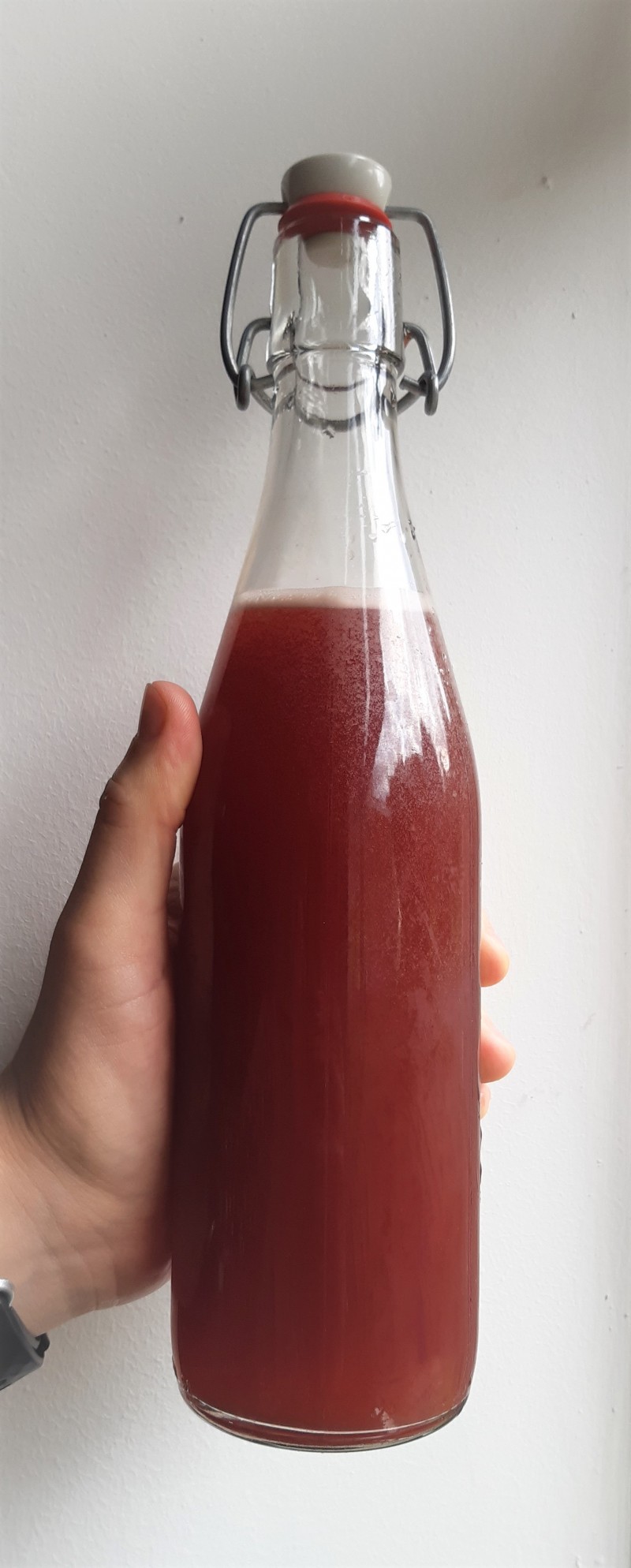Let me tell you about this fermented tea, while having a glass of this homemade ‘pop’ myself. Don’t get put off just yet; by the time that you finish reading this blog you will know whether or not kombucha is a drink for you. Let me tell you a secret: the information I will share with you here might be known only by kombucha fanatics, who love the taste and natural fizz.
What is so trendy about kombucha?
Kombucha has been around for centuries. Some people called it mushroom tea, because of Scoby (the bacteria responsible for the fermentation), which looks like a fungus growing on the trees. I will not include pictures because it may look off-putting and I don’t want to scare you away before you know all the details!
Just like superfoods became a trend in recent years, the same has happened with kombucha. People have noticed the health claims: it’s known for promoting good gut bacteria, and is rich in probiotics and antioxidants. Some people find that kombucha also helps with constipation. Many people find these natural, perceived health benefits appealing, and they may enjoy this refreshing beverage as an alternative to high sugar, fizzy drinks.
What is it made from?
Kombucha is fermented tea. It is made from caffeinated tea and sugar. Scoby (kombucha: mother bacteria) consumes the caffeine and sugar to produce the fermentation. These ingredients are crucial for fermentation and the bacteria.
Can I make my own?
Yes! It is very easy, just like growing plants (or even easier). It might be tricky to find kombucha starter kits, but try Lakeland or other online shops. They will include brewing instructions and the Scoby. Ideally, find a friend who makes kombucha and they should be able to share with you. I must warn you, kombucha makers can be very precious of their Scobies!
How to enjoy kombucha?
If you are new to trying kombucha, especially home brew that has not been pasteurised, try a little shot glass once a day for a week. Let your body adapt. If you tend to consume more fermented foods such as yogurts in your day-to-day diet, you might find you’re quick to adapt to this new drink.
Gradually increase the portions at your own pace. Maybe by the end of the month you will be able to enjoy a full glass of kombucha instead of having wine or soft drinks in the evening with your dinner. Don’t forget to listen to your body!
It is best enjoyed cold, and ideally stored in the fridge. If you like you can add ice cubes, frozen grapes, or your favourite fruit. Depending on what tea was used in kombucha making, the colour will vary. Green tea will be clearer, and breakfast tea will make brown and cloudy kombucha. Depending on how long the fermentation process was and what the room temperature was it might be slightly more acidic or bitter. It can be infused with different flavours when it is bottled. That means adding fruit, herbs, or even spices to seep into your kombucha. No kombucha bottle is the same. Experiment and find the way you like it.
Where do I get kombucha?
There are many people, like me, making kombucha at home. Because Scoby multiplies with every batch made, we end up having too much kombucha to consume by ourselves and our friends. That is how many small businesses start, selling home-brewed kombucha. They might even make your favourite kombucha infusions with fresh fruit or flowers. To start with, you could buy a can or a small bottle of kombucha from a health store or many larger supermarkets. Some shop bought kombuchas will be very fizzy because they have added carbonation, unlike home-brewed ones.
I could carry on for hours telling you about the many different flavours and brands of kombucha, but I shall finish here and leave you with some home-brewed kombucha pictures to encourage you to try this drink that many have been talking about. Look into your small local businesses or even farmer’s market and you might find some of this home-brew available. Try something new and you might love it!


Example recipe for 2 litres of kombucha
Ingredients
Instructions
Categories:
Recipes